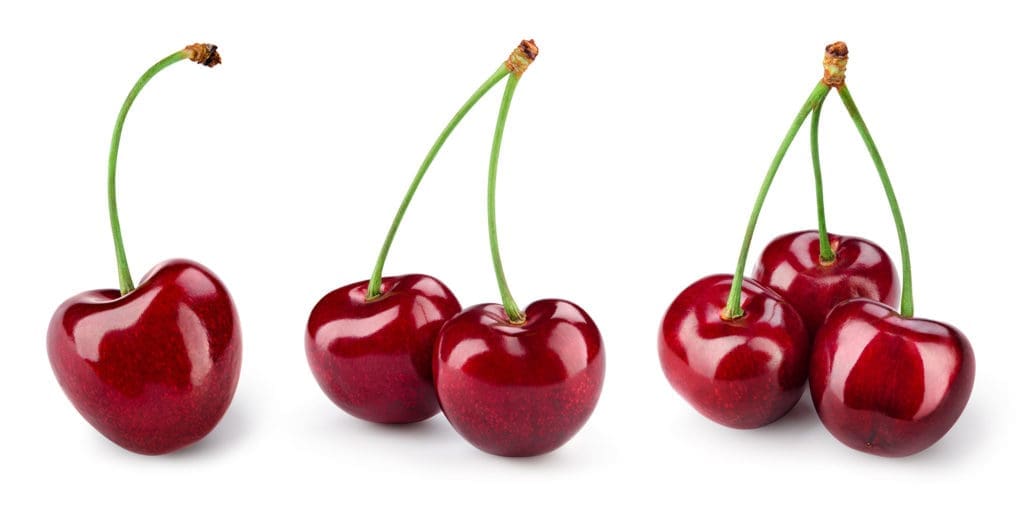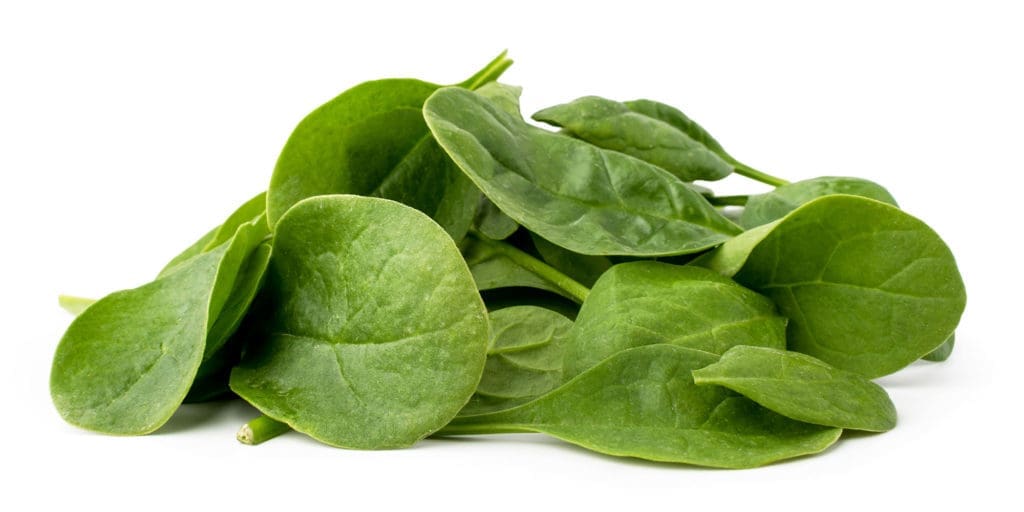That deep pain is back again. Wouldn’t it be wonderful to switch out those pills and say, “It’s time for my pain relief snack!” instead?
While the pain relief isn’t always as immediate as we would like, it is possible to create a diet that helps to reduce pain in the long run.
“It’s time for my pain relief snack!”
Some foods promote inflammation and pain, whereas others work to reduce pain-causing inflammation over time.
Eat these 9 Foods Regularly to help Fight Pain
Salmon
Cold-water fish, especially salmon, are packed with polyunsaturated fatty acids (commonly known as PUFAs). PUFAs play an important role in acting as precursors to lipid mediators (eicosanoids) that can either promote inflammation or help reduce it. Omega-3 fatty acids, a type of PUFA, is known to be particularly helpful in fighting inflammation, while over-consuming omega-6 fatty acids is known to activate inflammation.
The western diet has a skewed proportion of omega-3 to omega-6 fatty acids, which is promoting inflammation.
Salmon is particularly high in omega-3 fatty acids, which helps to reduce inflammation implicated in painful illnesses like inflammatory bowel disease, rheumatoid arthritis, neurodegenerative illnesses, cardiovascular diseases and cancer.
Cherries
 If you live in an area where Cherries come around a few times a year, you are lucky! Studies show that cherries help to lower circulating concentrations of inflammation markers, thanks to their high antioxidant concentrations.
If you live in an area where Cherries come around a few times a year, you are lucky! Studies show that cherries help to lower circulating concentrations of inflammation markers, thanks to their high antioxidant concentrations.
One particular study took 18 men and women and supplemented their diet with 280 grams of Bing sweet cherries daily for 28 days. When comparing inflammation markers in the blood from before and after the intervention, researchers found that cherries reduced several key components, including C-reactive protein, NO and RANTES. They concluded that these anti-inflammatory effects might be beneficial for managing and preventing inflammatory diseases, like those that cause pain.
Walnuts
Walnuts shouldn’t only be a snack to keep around at wintertime. Walnuts are not only fun to crack open, they are also one of the nuts highest in beneficial omega-3 fatty acids. Omega-3 fatty acids help to reduce pain-causing inflammation.
The Western Diet has about 15 to 20 times more of the intake of omega-6 compared to the ideal, which can increase inflammation. Walnuts have a type of omega-3 fatty acid called alpha-linolenic acid (ALA), which plays an important role in preventing chronic diseases, like those that cause pain.
Tomatoes and tomato juice
Tomatoes are high in two components that help to reduce inflammation caused by oxidative stress, lycopene and vitamin C. In a study where volunteers were supplemented with tomato juice for two weeks, researchers found that inflammatory biomarkers were reduced, as well as cholesterol. Eating the whole tomato (or drinking it, for that matter) is important, as lycopene and vitamin C are part of the reasons why tomatoes are so beneficial. Additionally, there are many components in tomatoes we are not aware of that likely play a role in reducing oxidative stress, which causes inflammation, and, potentially, pain.
Spinach
 Spinach, like other dark leafy greens, is packed with antioxidants that help eliminate free radicals, which could be causing cell damage. Antioxidant flavonoids in the stem are found to scavenge free radicals that cause cell damage, and can even proliferate cancer cells.
Spinach, like other dark leafy greens, is packed with antioxidants that help eliminate free radicals, which could be causing cell damage. Antioxidant flavonoids in the stem are found to scavenge free radicals that cause cell damage, and can even proliferate cancer cells.
Olive oil
Olive oil is one of the staple ingredients of the famously healthy Mediterranean diet. It contains monounsaturated fatty acids, which are known to promote heart health, while also helping to reduce inflammation. According to one of many studies that support this claim, “enzymes in an inflammation pathway are inhibited by oleocanthal, a component of olive oil.” The effect is such that it can produce ibuprofen-like activity.
Pineapple
Pineapple naturally has a substance called bromelain, which is an enzyme that helps to modulate the immune system by helping to calm over-activation of the immune response that can cause inflammation. Bromelain also helps to fight blood clotting that can cause thrombosis and heart events. In other words, bromelain in pineapple can help to fight pain and promote a healthy circulation at the same time when eaten regularly.
Beets
 Like cherries, beets are also a deep red color, which is a marker for antioxidant content. Antioxidants help to repair cell inflammation. Beets also contain the minerals potassium and magnesium, both of which are important to fighting pain-causing inflammation. Magnesium deficiency has a close link to inflammation, so getting enough of it, ideally through your diet, is important.
Like cherries, beets are also a deep red color, which is a marker for antioxidant content. Antioxidants help to repair cell inflammation. Beets also contain the minerals potassium and magnesium, both of which are important to fighting pain-causing inflammation. Magnesium deficiency has a close link to inflammation, so getting enough of it, ideally through your diet, is important.
Tuna
Tuna, like salmon, is a fish that delivers important omega-3 fatty acids, particularly EPA and DHA. In addition to helping to fight inflammation, tuna also promotes healthy circulation. Since salmon can be a little pricey, it’s nice to have a cheaper option to get your fishy omega-3s.
Conclusion
Yes, you can help to reduce your pain by making changes in your diet. In addition to integrating these foods into your diet, make sure to eliminate processed foods, fast foods and foods high in saturated fat to make the best of your pain-reducing diet.
What is your experience with foods for natural pain relief?
Tell us about your pain journey in the comments.
What topics related to foods for natural pain relief would you like to see us explore?
Email us at info@painresource.com with your ideas.
Are you on Facebook?
Join our online community by clicking here.


How do I get This? Health food stores?
HERBAL FORMULA
I am a 50 years old female diagnosed with Rheumatoid Arthritis 2 years ago but have had symptoms for at least 20 years. I was taking methotrexate and Cymbalta, as well as infusions of Remicade, nothing worked for me. All my pain was from my waist down and certainly not something I can stand. The only treatment that has been successful has been the taking of RA herbal remedy i purchased from Best Health herbal centre. I now wake up every morning without pain. I have been pain-free period for more than 4 months. I have regular blood tests and do not experience any of the side effects from taking the herbal remedy. Thank God this works for me. I feel great!.